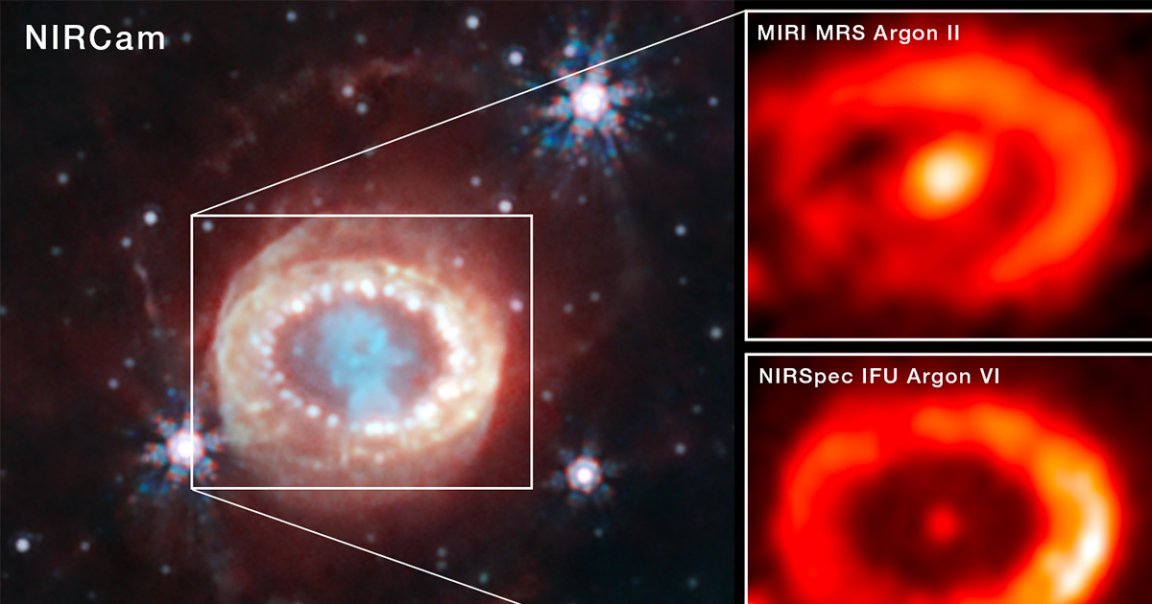
Super Duper
With the help of the James Webb Space Telescope, scientists have figured out a mystery at the heart of a supernova that’s been decades in the making.
As Space.com reports, Supernova 1987A, so named for the year it was discovered here on Earth, exploded so brightly after its death that for more than 30 years, scientists weren’t sure whether it was going to form a mega-dense and compact neutron star or a black hole.
Now, an international team of scientists has begun unraveling the mystery of that long-ago explosion with the discovery of its associated neutron star, as imaged by the JWST and described in their new paper published in the journal Science.
“For a long time, we’ve been searching for evidence for a neutron star in the gas and dust of Supernova 1987A,” University College London physics and astronomy professor Mike Barlow, who is part of the team that discovered the supernova’s offspring, told Space.com. “Finally, we have the evidence that we’ve been seeking.”
When stars like the one that caused Supernova 1987A explode, they first litter nearby bodies — including our planet — with ghostly neutrino particles, then get incredibly bright. This one, as Space.com notes, was the brightest supernova seen in the night sky for nearly 400 years, which made it an incredible spectacle but also made it difficult to see what bodies had been created in its wake, especially considering all the cosmic dust and gas that were pushed out by the explosion.
“Detection has been hindered by the fact that the supernova condensed about half a solar mass of dust in the ensuing years after the explosion,” Barlow said. “This dust acted as a screen-obscuring radion from the center of Supernova 1987A.”
Jimmy Neutron
Supernovas generally result in black holes, which are caused by the star’s mass collapsing upon itself. Sometimes, however, if the dying star is slightly less massive than its black hole-creating counterparts, it can instead leave a small, dense carcass — a neutron star, so named for the particles that comprise these bodies after a supernova.
While scientists had for years hypothesized that Supernova 1987A, which died a fairly recent — by celestial standards — 170,000 years ago, had a neutron star at its center. It wasn’t until pointing Webb’s highly-sensitive Mid-Infrared Instrument and Near-Infrared Spectrograph at 1987A that the astrophysicists could detect with any certainty the neutron star at its core.
While there are still many questions left to be answered, this confirmation of a long-held hypothesis not only teaches scientists more about how the universe was formed — and also showcases one of the many groundbreaking uses for the Webb telescope, which continues to astound and confound the scientific world and its enthusiasts alike.
More on Webb mysteries: Scientists Befuddled by Impossible Galaxy Seen by James Webb